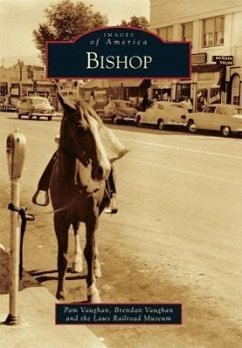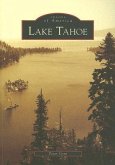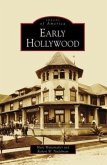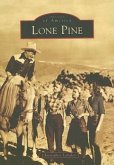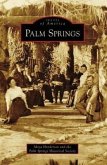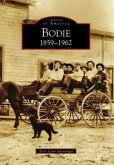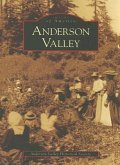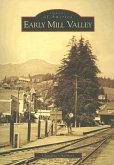Located in the stark landscape of Eastern California's Owens Valley, Bishop is situated between two of the highest mountain ranges of the contiguous United States. Native Americans had been in the region since antiquity, and white settlers began to filter in after many battles with the Paiutes and Shoshones. Bishop was named after Sam Bishop, who drove cattle into the area and settled along Bishop Creek. Many more farmers and ranchers followed. To the south, Los Angeles was growing too, tapping the Owens River for a gravity-fed aqueduct for its residents; thus began the Los Angeles-Owens Valley Water Conflict.
Hinweis: Dieser Artikel kann nur an eine deutsche Lieferadresse ausgeliefert werden.
Hinweis: Dieser Artikel kann nur an eine deutsche Lieferadresse ausgeliefert werden.

